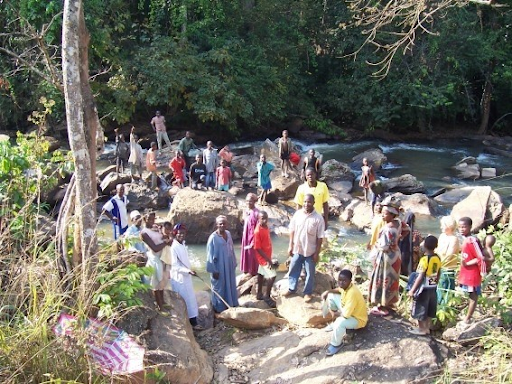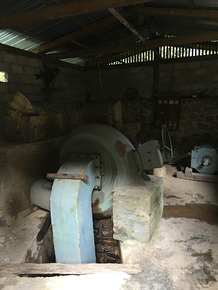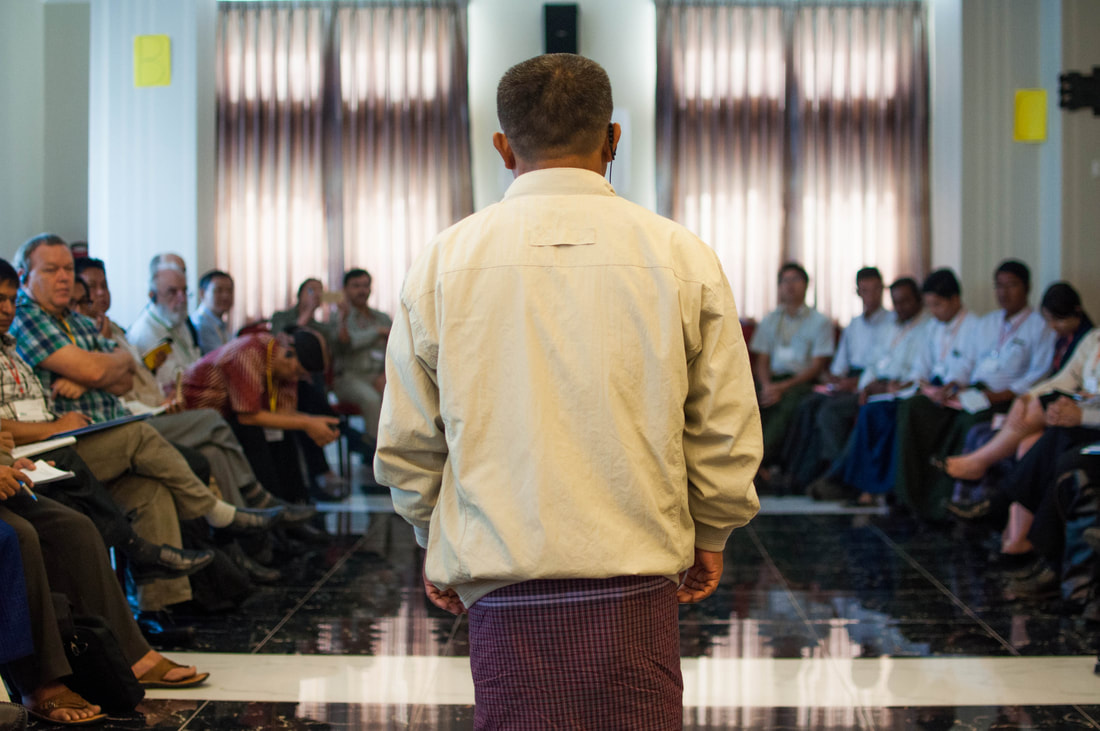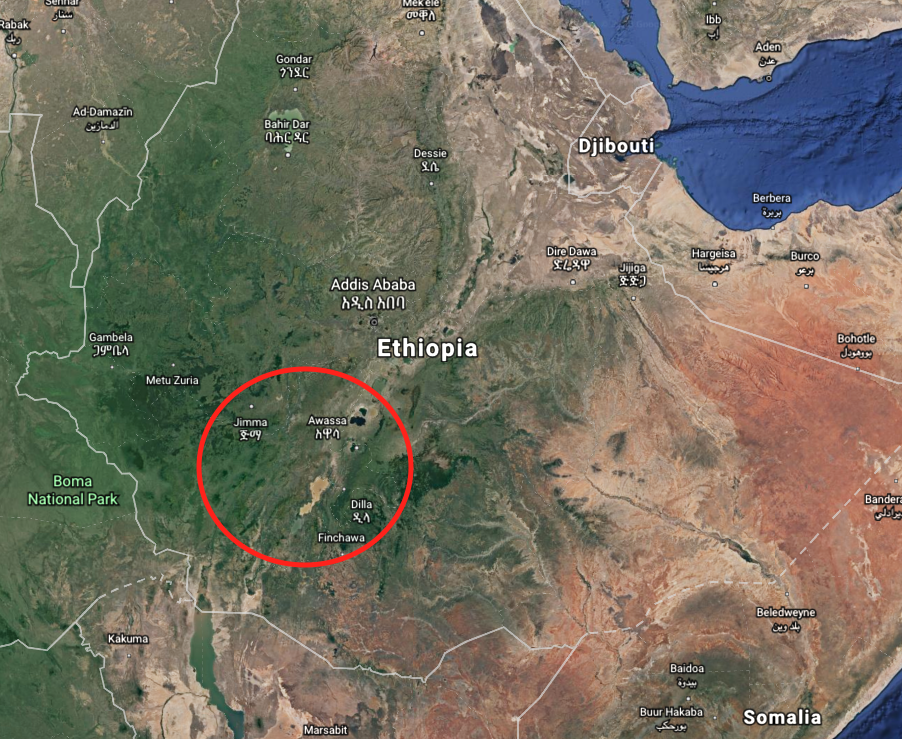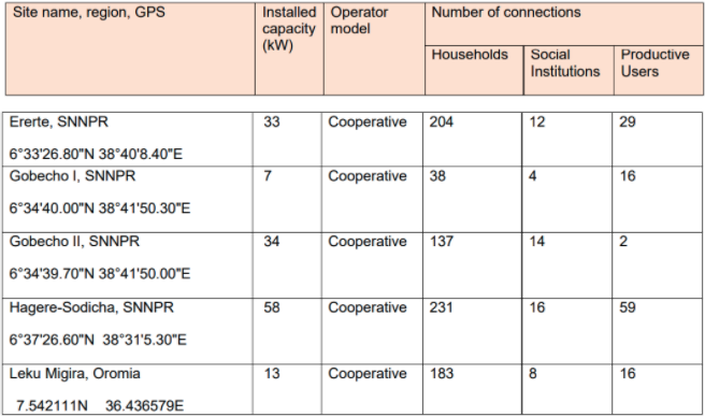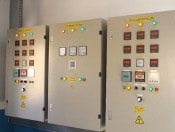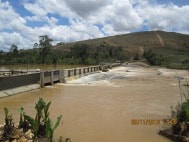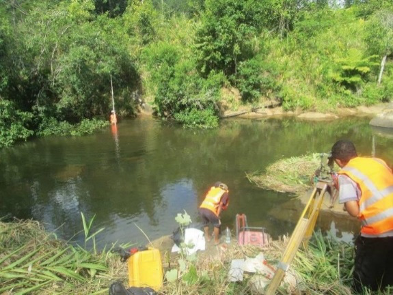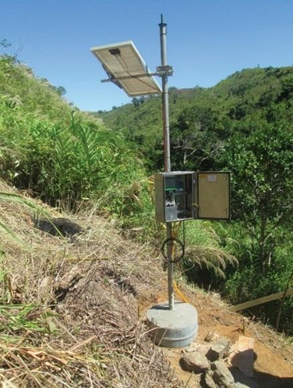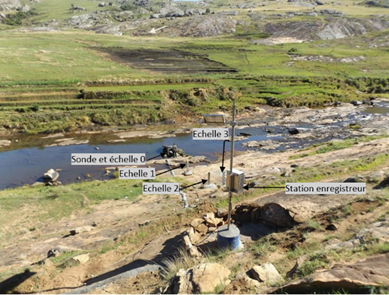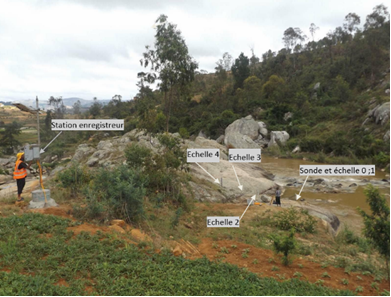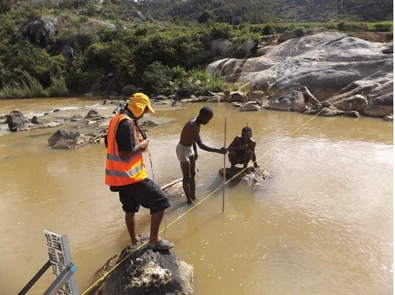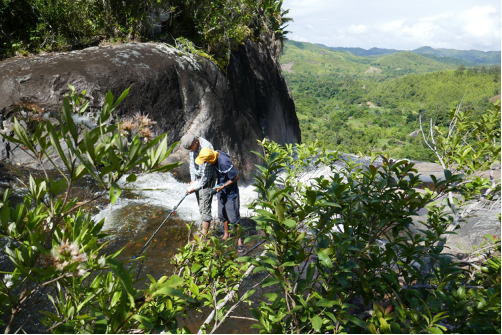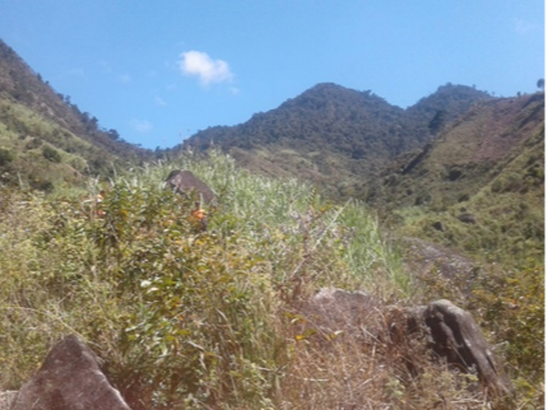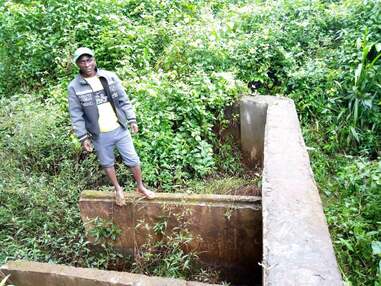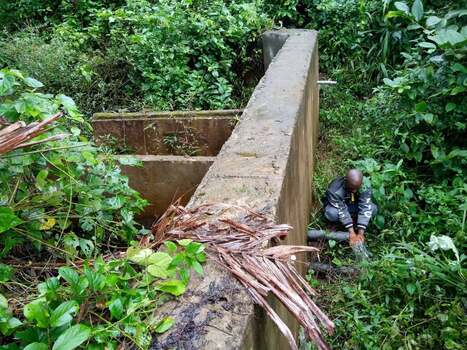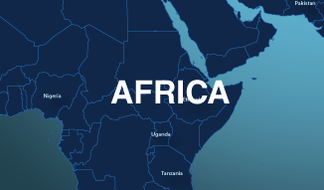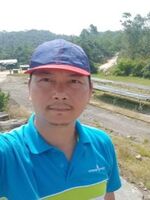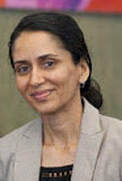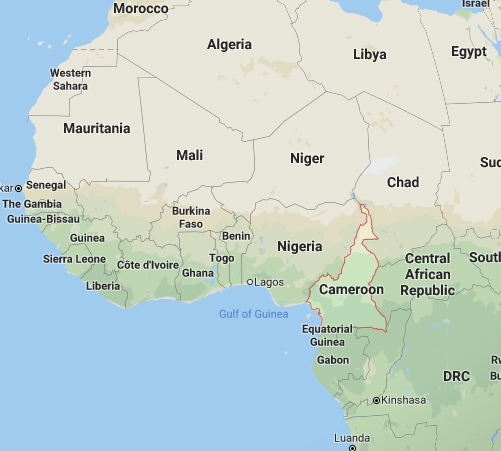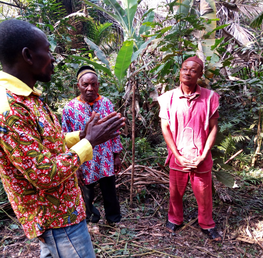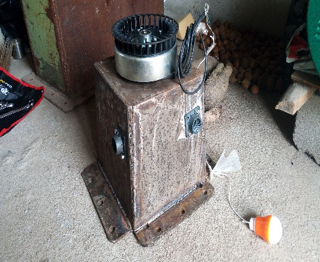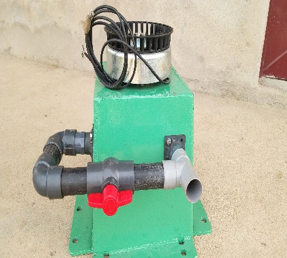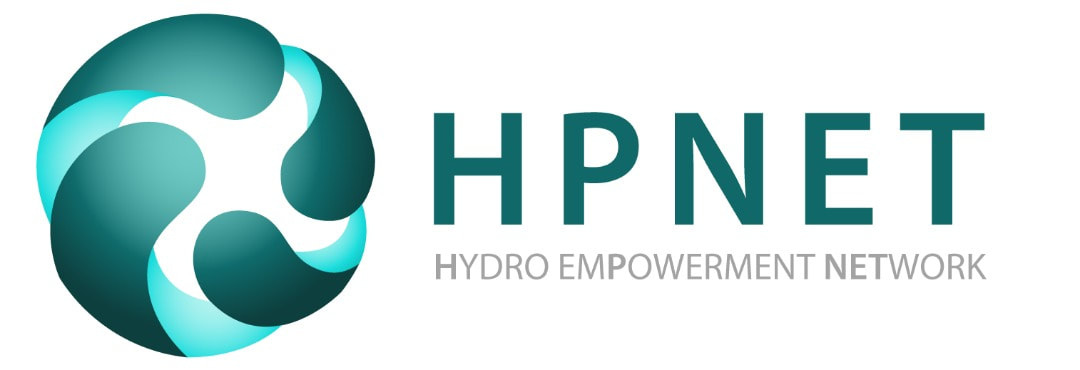His first decade in the sector focused on pico hydro projects, developing over 100 units. During this period he trained over 50 youth and facilitated the formation of a youth group, which went onto installing over 300 units. Because rural Malawi is less than 5% electrified, the pico hydro units have brought immense benefits to the communities.
Nearing the start of his second decade in the sector, in 2014 Hastings was selected to take part in the Mandela Washington for Young African Leaders (YALI) fellowship program, after which point he established the turbine manufacturing social enterprise, Mzuzu Institute of Technology and Innovation (MZITI) in 2015. MZITI has enabled Hastings to spend the last decade focusing on upgrading his pico hydro fabrication skills to micro hydro manufacturing. The MZITI facility has various metal fabrication equipment, including lathes, welding machines, cutters, etc. At MZITI Hastings can now manufacture Crossflow and Pelton turbines for micro hydro capacities. In addition, Hastings supports pico and micro hydro communities in establishing productive end uses, including manufacturing grain mills at MZITI.
With recent support from the Segal Family Foundation, MZITI now has a computer aided design (CAD) center, allowing Hastings to advance his manufacturing. HPNET is collaborating with Hastings to find ways to develop higher efficiency micro hydro systems at MZITI, and to scale up its implementation to accelerate rural electrification in Malawi.
At the YALI Summit, then US President Barack Obama acknowledged Hastings’ work, saying: “In rural Malawi, he saw towns in darkness, without electricity. So now he gathers scrap metal, builds generators on his porch, takes them down to the stream for power, delivers electricity so farmers can irrigate their crops and children can study at night”.
Learn more about Hastings’ work in the links below -- keeping in mind that some of the videos are outdated and do not reflect Hastings current phase of development. :) HPNET will soon feature Hastings in a StreamSide Chats edition -- stay tuned!
- “YALI Fellow: Hastings Mkandawire Making Electricity”
- “Homemade” – a video featuring Hastings’ story
- “Social Entrepreneur Spotlight: Hastings Mkandawire”


